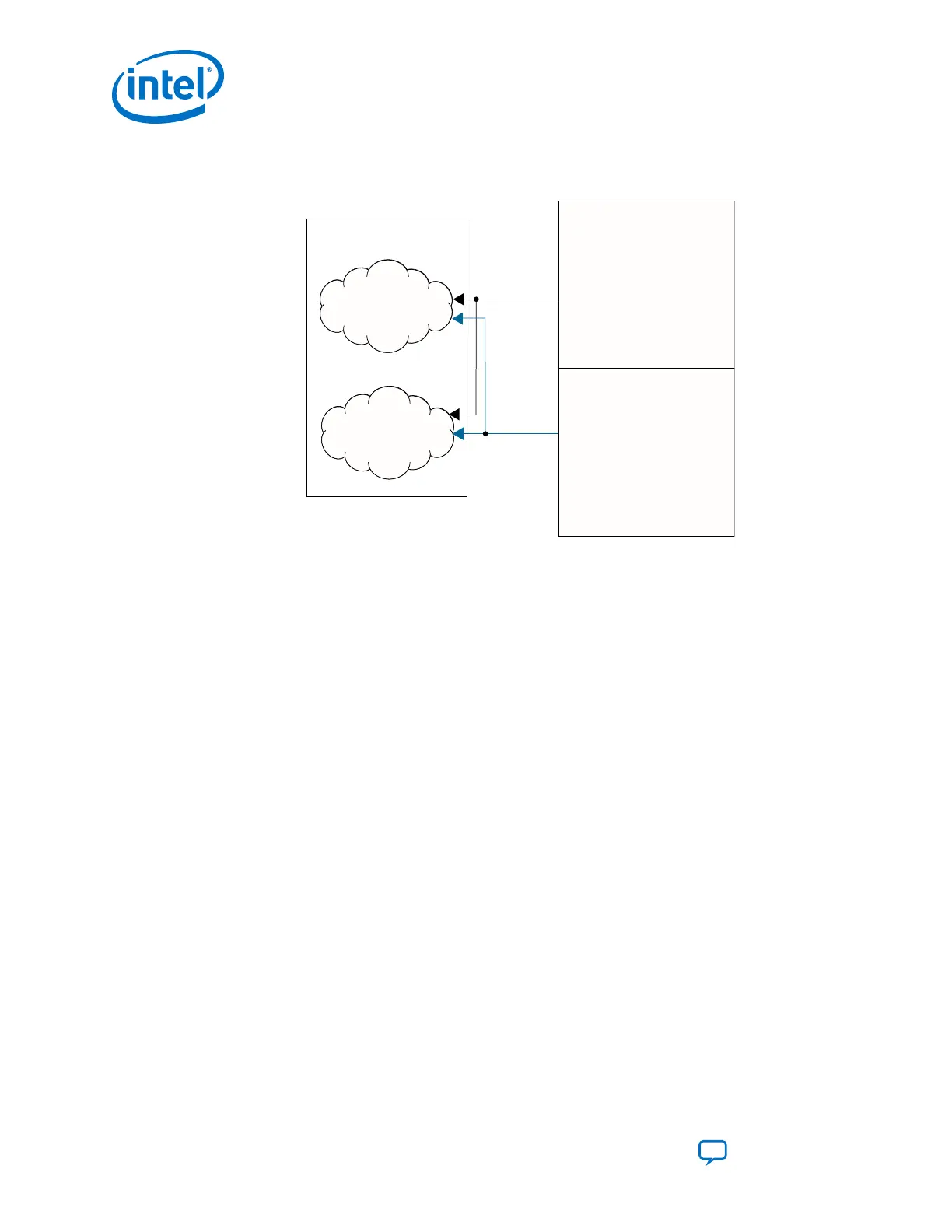Figure 220. Using Multiple Reconfiguration Profiles
Core Logic (A)
for Standard
PCS
Core Logic (B)
for Enhanced
PCS
Transceiver Channel
FPGA Fabric
tx_clkout
rx_clkout
Transmitter (TX)
Receiver (RX)
To enable the Quartus Prime software to close timing more accurately in this example,
the following constraints must be created:
•
create_clock -name tx_clkout_enh -period 5.12 [get_pins
{native_inst|xcvr_native_c10_0|
g_xcvr_native_insts[0].twentynm_xcvr_native_inst|
twentynm_xcvr_native_inst|inst_twentynm_pcs|
gen_twentynm_hssi_tx_pld_pcs_interface.inst_twentynm_hssi_tx_p
ld_pcs_interface|pld_pcs_tx_clk_out}] -add
This constraint creates the tx_clkout clock that is used to clock the core logic B
in the FPGA fabric.
•
create_clock -name rx_clkout_enh –period 5.12 [get_pins
{native_inst|xcvr_native_c10_0|
g_xcvr_native_insts[0].twentynm_xcvr_native_inst|
twentynm_xcvr_native_inst|inst_twentynm_pcs|
gen_twentynm_hssi_rx_pld_pcs_interface.inst_twentynm_hssi_rx_p
ld_pcs_interface|pld_pcs_rx_clk_out}] -add
This constraint creates the rx_clkout clock that is used to clock the core logic B
in the FPGA fabric.
•
set_false_path -from [get_clocks {tx_clkout_enh}] -to
[get_registers <Core Logic A>]
Based on how the clocks are connected in the design, you might have to include
additional constraints to set false paths from the registers in the core logic to the
clocks.
6. Reconfiguration Interface and Dynamic Reconfiguration
UG-20070 | 2018.09.24
Intel
®
Cyclone
®
10 GX Transceiver PHY User Guide
Send Feedback
370

